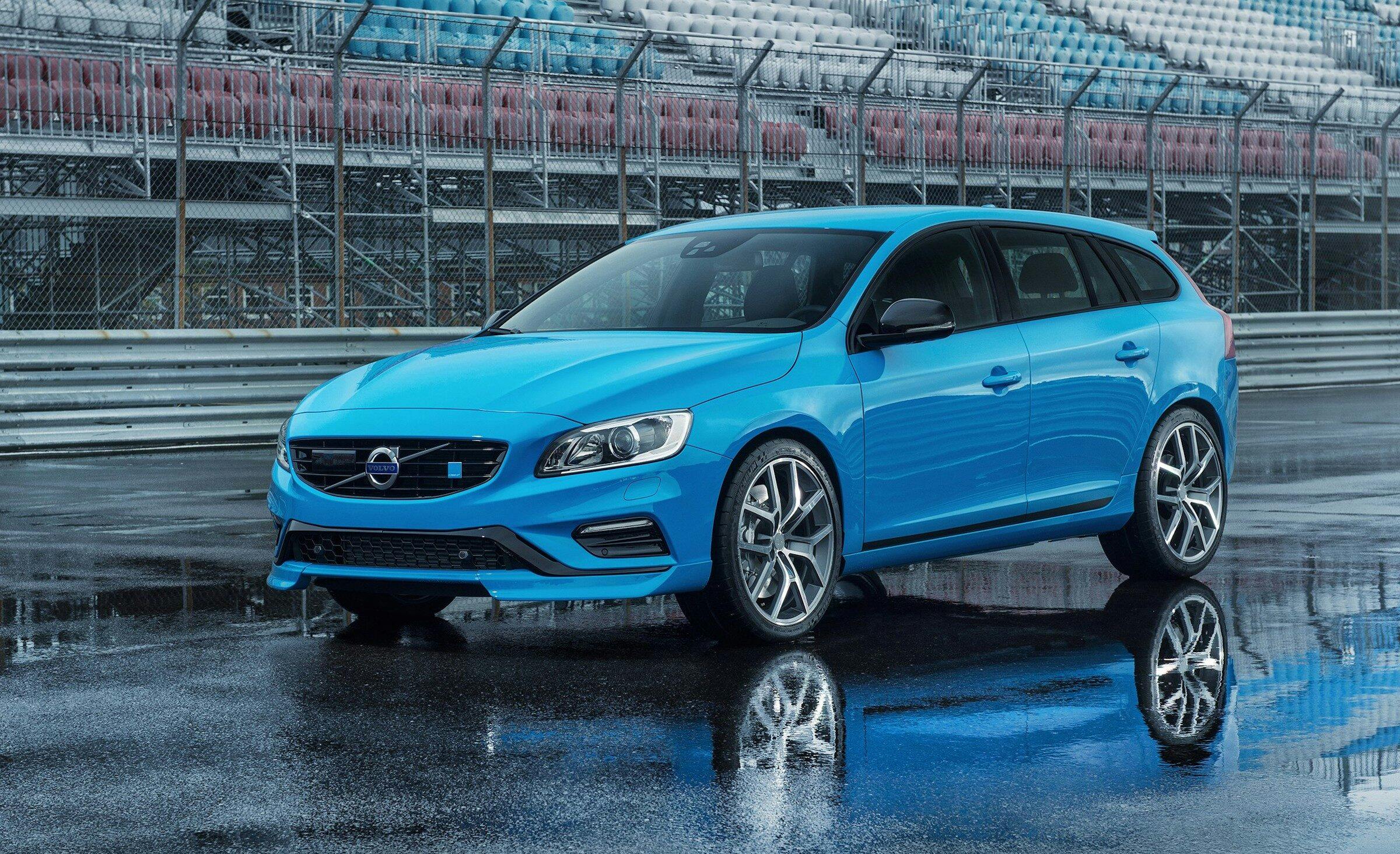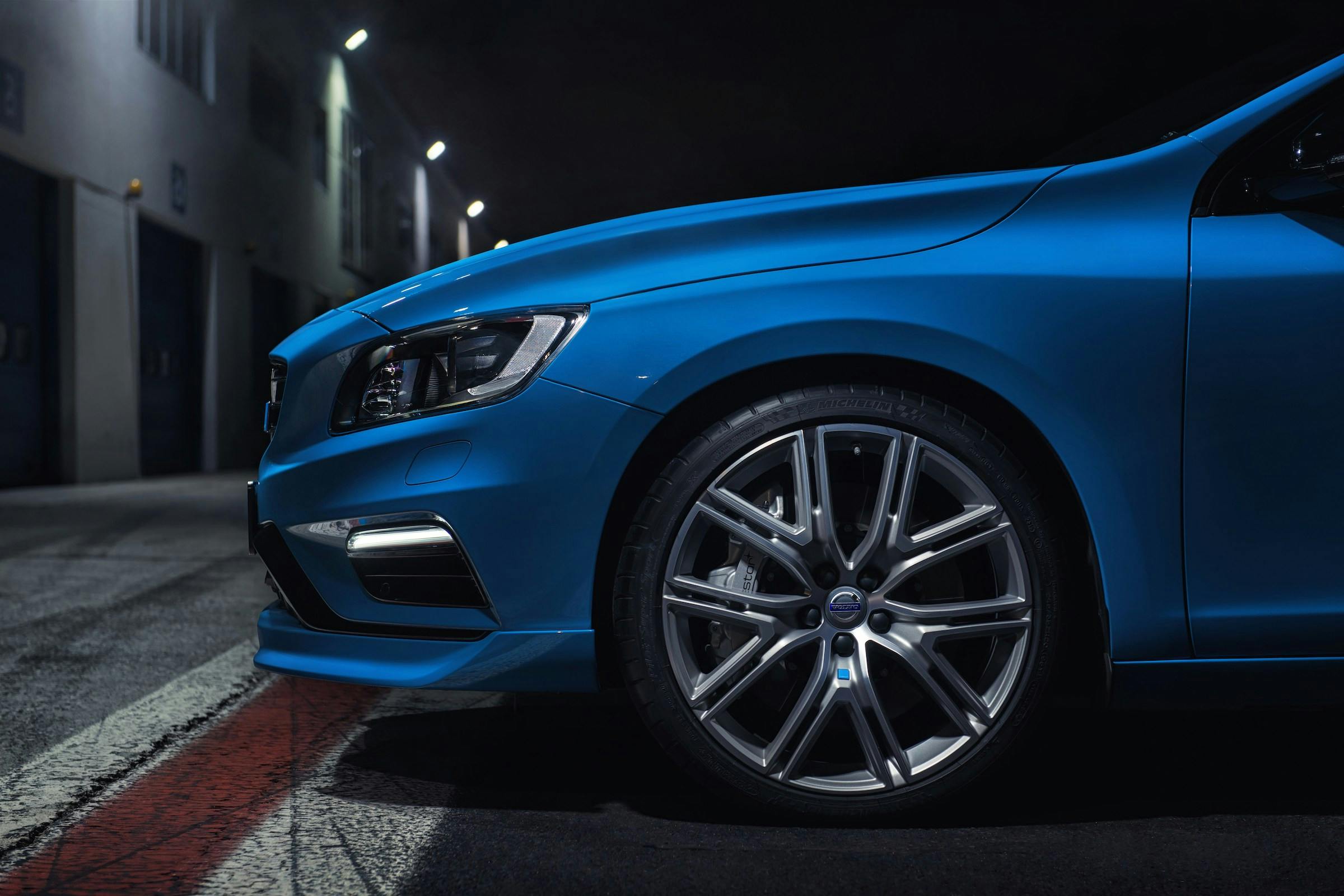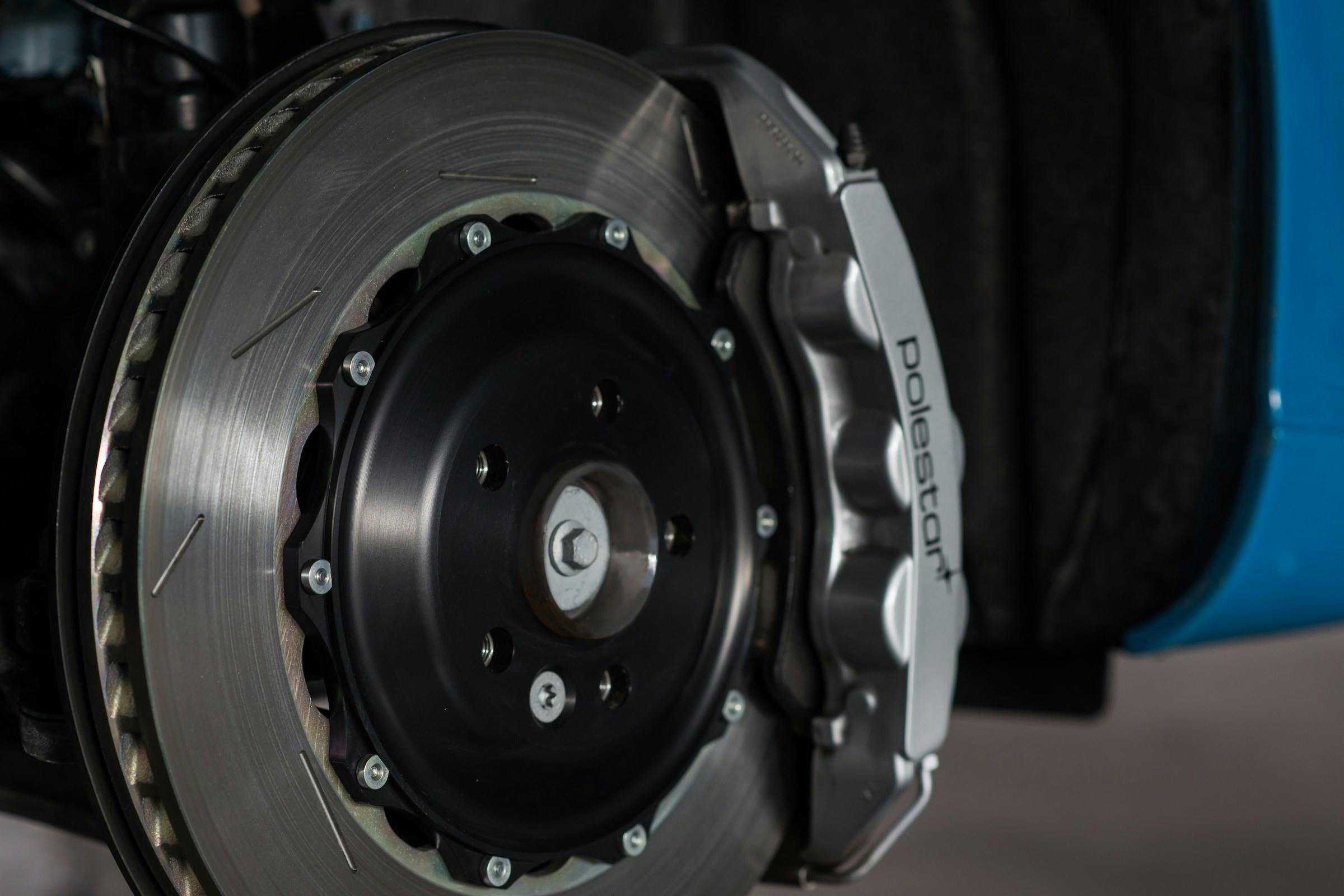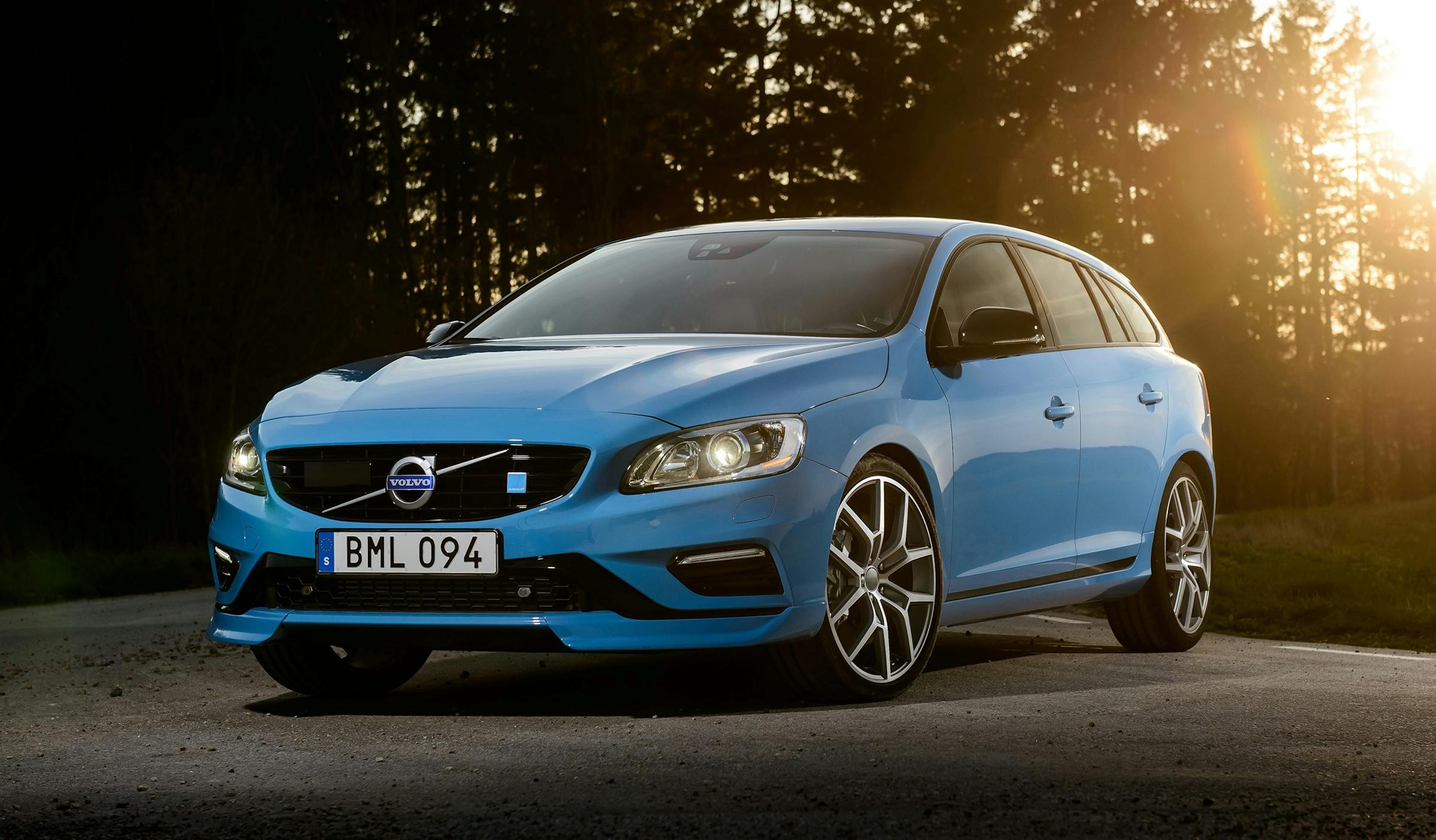Media | Articles
The Volvo V60 Polestar is a sure-fire future classic
There are few finer automotive noises than those of an inline-six. And there were few finer inline-six noises than the ones produced by the Volvo V60 Polestar.
With a transversely mounted engine, all-wheel drive and an estate body, the Polestar launched in the U.S. for the 2015 model year. It wasn’t an all-out sports car like the F82-generation BMW M4 that debuted just a year later. But where the BMW’s six sounded like a tumble dryer gargling diesel and rocks through a megaphone, the Volvo unit was a multiphonic experience, from refined but purposeful idle to a strident, musical top end.

It sounded and behaved exactly the way a straight-six should sound and behave, and proved a fitting send-off for an engine that was soon to disappear, as Volvo replaced fours, fives and sixes for four-pots across the board.
And while not as powerful as the M4—its 3.0-liter six made only 345 hp to the BMW’s 425—the V60 Polestar (and its S60 sedan sibling) was far from a one-dimensional experience.
To prove it, Volvo launched the car at Dunsfold Aerodrome, otherwise known—and still used, at the time—as the Top Gear Test Track. It didn’t wheel out the Stig, but it did field Björk.
Marketplace
Buy and sell classics with confidence
Thed Björk, that is, who’d just debuted in the World Touring Car Championship with Polestar (later Cyan Racing), and would go on to win both three Scandinavian Touring Car titles (in 2013, 2014 and 2015) as well as the WTCC in 2017.
In truth, the combination of hot-shoe driver and wide, open circuit wasn’t as exciting as Volvo had perhaps envisaged—the passenger laps were no wild, sideways thrill-ride. But it did show off the car’s strong grip and creamy engine, and when we finally got behind the wheel ourselves, the Polestar was no less appealing when presented with less talent.
It really made sense on the road though, where a thirst for unleaded aside, the standard-fit Öhlins suspension (a brand used in all subsequent Polestar models) managed to take the edge off the arch-filling 20-inch wheels and spray-on rubber, and the Brembo brakes felt great underfoot.
And you only had to look at the thing to realize the car’s appeal. This generation of V60 really was a handsome car, if not as practical as Volvos of old, and those fancy alloys looked spectacularly right under the arches. In Polestar’s signature Rebel Blue paintwork it was distinctive, but befitting the under-the-radar nature of a fast estate, it’s perhaps even better in a darker shade; our U.S. colleague Eric Weiner, editor of Hagerty Media, has a Polestar in black, and it looks fabulous.
[Editor’s Note: Rest assured, Hagerty UK published this article touting the Polestar wagon without any of my prompting. Future classic? Certainly—it’s part of why I bought it. Ingram for Prime Minister. — EW]
Inside, too, Volvo got things right, with a solid feel and, again common to the brand, some of the best seats you’ll find bolted to a vehicle. The well-considered cabin fits nicely with the V60 Polestar’s easy pace and neat handling, and of course that expensive-sounding six-cylinder exhaust note.

And that’s why the supercharged, turbocharged four-cylinder that replaced it was never quite the same, despite extra power. Just as the four-cylinder Boxsters and Caymans felt like a letdown despite their obvious talents, it’s a hard pill to swallow losing two cylinders off a genuinely engaging engine.
Future Polestars won’t even get that: now spun off into its own brand under the Geely umbrella, Polestar has become a kind of luxury, electrified offshoot from Volvo, rather than its performance arm. The Rebel Blue paint has gone, and exotic Polestar 1 aside, so have the engines.
The 1 is another future classic in waiting, but when enthusiasts of Swedish cars are clamoring for the best Volvo had to offer in coming years, it’s the V60 Polestar we reckon will find the most fans.
Check out the Hagerty Media homepage so you don’t miss a single story, or better yet, bookmark it.




















Love my v60 but the lowered ohlin suspension got annoying after awhile. Traded it in but my wife is still mad about it.
I’ve seen other people swap the Ohlins for KW V3 coilovers, which offer height adjustment in addition to damping force.
Is a question mark after the Titled words “future classic” missing?
To be stamped as a classic, I understand, amongst other criteria, cars should be distinctive. These cars are not dissimilar in appearance than any volume built and sold plain V60’s. Just say in’
I have only seen one in captivity.
It’s a good looking wagon. Can’t say I’ve been a fan of the newer 4 cylinder models.
And that awesome frontal area is how the world found out about the talents behind the wheel of Kiwi Scott McLaughlin long before the DJR Penske Falcons and Mustangs that produced the V8 Supercar chamionships to bring Scott to the IndyCar ride.